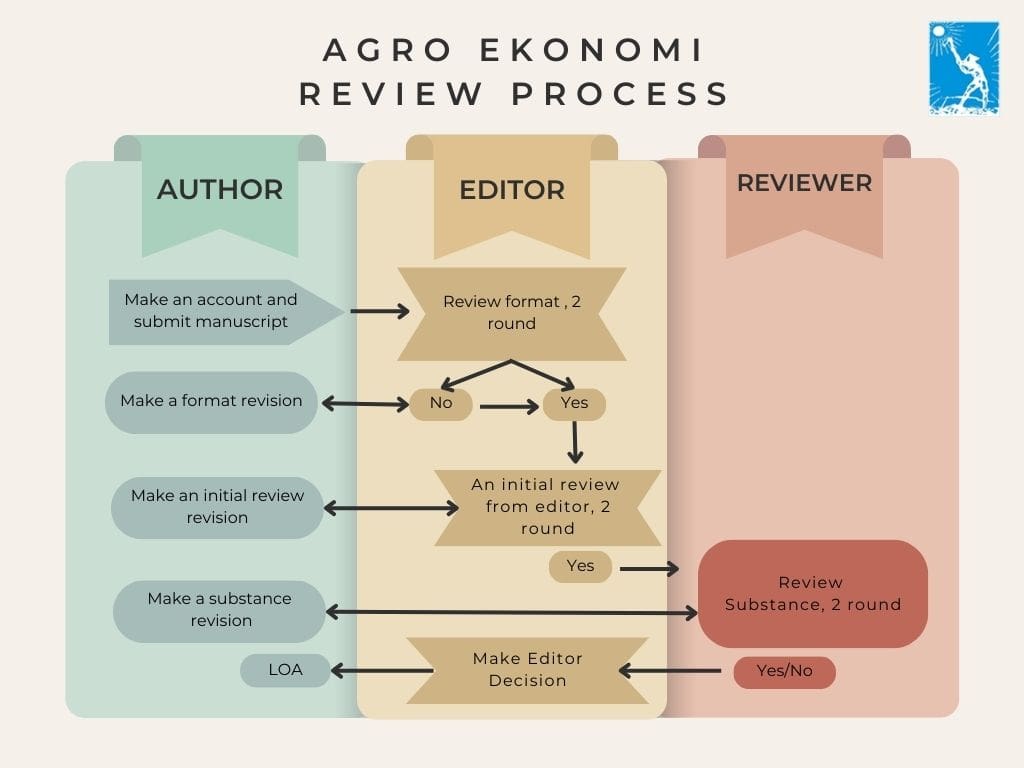VARIABILITAS KONSUMSI PANGAN PADA MASYARAKAT NUSA TENGGARA TIMUR
Bernard B de Rosari(1*), Sri Widodo(2), Masyhuri Masyhuri(3)
(1) Karyasiswa Program Pascasarjana Universitas Gadjah Mada
(2) Fakultas Pertanian Universitas Gadjah Mada
(3) Fakultas Pertanian Universitas Gadjah Mada
(*) Corresponding Author
Abstract
The estimation of the consumption function is using Maximum Likelihood Method (MLE). Results of the analysis reveals that expenditure allocation for foodstuffs is 63% and 37% for non-foodstuffs. High-income people combine rice and corn to meet their carbohydrate needs while low-income people rely on corn. Protein sources including fish and meat are not affordable by the people of East Nusa Tenggara
Keywords
Full Text:
PDFReferences
Biro Pusat Statistik (BPS), Kantor Statistik Propinsi NTT, Indikator Kesejahteraan Rakyat Nusa Tenggara Timur, 1997
Branson William, Macroeconomic Theory and Policy, 1989
Cramer Gail L., C.W. Jensen, Agricultural Economics and Agribusiness, 1994
Greene William H, Econometric Analysis, 1993
Henderson James M, R.E. Quandt, Microeconomic Theory,Mathematical Approach, 1980
Huang Jikun, Scott Rozelle, Mark W. Rosegrant, China's Food Economy to the Twenty First Century Supply, Demand and Taste, 1999
Huang Kuo S, Nutrient Elasticities in a Complete Food Demand System, 1996
Leki Silverius, Keragaman Konsumsi clan Permintaan Beberapa Bahan Pangan Pokok di Timor Barat, 1993
Nicholson Walter, Teori Ekonomi Mikro, 1995
Pappas James L., Mark Hirschey, Ekonomi Manajerial, 1995
Article Metrics
Refbacks
- There are currently no refbacks.
Copyright (c) 2016 Agro Ekonomi

This work is licensed under a Creative Commons Attribution-ShareAlike 4.0 International License.
View My Stats











